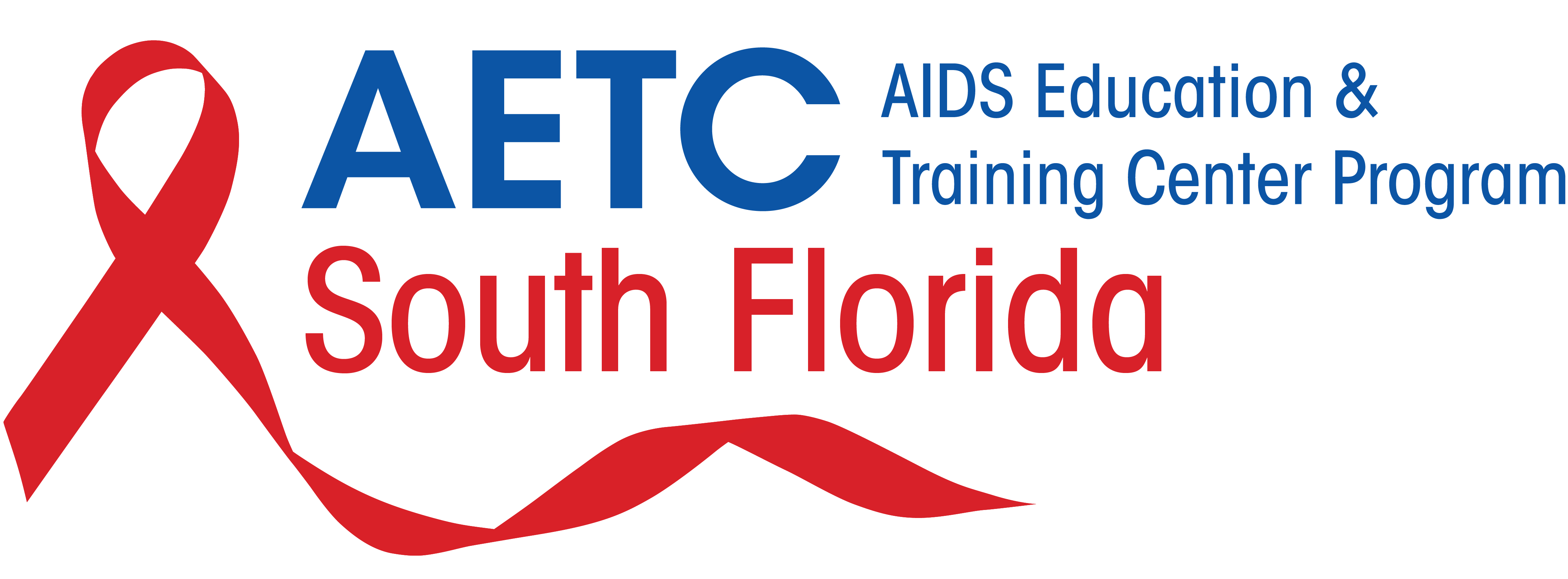
Five important things to know about the newly approved Isentress® HD
By:
- Elizabeth Sherman, PharmD, AAHIVP
South Florida – Southeast AIDS Education and Training Center - Joanne Orrick Urban, PharmD, AAHIVP
North Florida – Southeast AIDS Education and Training Center - Jennifer Janelle, MD
North Florida – Southeast AIDS Education and Training Center
On May 30, 2017 the US Food and Drug Administration (FDA) approved Isentress® HD, a new 1,200 mg once daily dosage form of the integrase strand transfer inhibitor (INSTI) raltegravir (RAL).1 This dose is achieved by taking two 600 mg film coated RAL HD tablets once daily. Prior to this, RAL was only available in dosage forms (e.g. 400 mg tablet and smaller chewable tablets) requiring twice daily dosing.1 Given the rapid advancement of HIV medicine and the recent releases of the other once daily INSTIs elvitegravir and dolutegravir, the approval of RAL HD is a welcome addition to the INSTI drug class options. However, there are some important differences between standard RAL 400 mg tablets and the new RAL HD 600 mg tablets with which clinicians must be familiar. This article provides a review of the 5 most important facts about RAL HD for prescribers.
- 1.) RAL HD is indicated in combination with other antiretroviral agents, for the treatment of HIV-1 infection in adults, and pediatric patients weighing at least 40 kg, who are treatment-naïve or whose virus has been suppressed on an initial regimen containing RAL 400 mg given twice daily.2 RAL HD has not been studied in treatment-experienced patients. FDA approval of RAL HD was based on the phase 3 ONCEMRK trial; a trial in treatment-naive HIV-1-infected patients comparing RAL 400 mg BID vs. RAL HD 1,200 mg daily (two 600 mg tablets) both given with emtricitabine and tenofovir disoproxil fumarate.3 At week 48 of the trial, 89% of patients receiving RAL HD and 88% of patients receiving RAL achieved virologic suppression (HIV-1 RNA < 40 copies/mL) (treatment difference 0.5%, 95% CI -4.2-5.2).
- 2.) RAL HD is available in 600 mg tablets and is to be dosed as 1,200 mg once daily (two 600 mg tablets).2 RAL HD is not available co-formulated with other antiretroviral agents and is not available in a single tablet regimen. Therefore, in comparison to other INSTI-based regimens, the pill burden of RAL HD is higher. Patients should not take standard RAL 400 mg tablets once daily because of an increased risk of virologic failure and resistance emergence in patients taking once-daily standard RAL in the QDMRK trial.4
- 3.) Both RAL and RAL HD have few drug interactions, but there are some clinically significant interactions with RAL and RAL HD about which clinicians must be aware, including some differences in the drug interaction profiles of the two formulations. Table 1 below summarizes these important similarities and differences in the drug interaction profiles of RAL and RAL HD.2
Table 1. Drug interaction comparison of RAL and RAL HD.a |
||
|
Drug |
RAL 400 mg tablets |
RAL HD 600 mg tablets |
|
Polyvalent cations: Aluminum, Magnesium, Calcium |
Do not combine RAL and aluminum or magnesium. It is safe to coadminister RAL with calcium without dosing separation. |
Do not combine RAL HD with aluminum, magnesium, or calcium containing medications |
|
Other polyvalent cations (e.g. iron, zinc, multivitamins with minerals) |
Give RAL or RAL HD ≥ 2 hours before or ≥ 6 hours after medications/supplements containing these polyvalent cations |
|
|
Rifampin |
Increase dose of RAL to 800 mg twice daily to compensate for rifampin’s strong UGT1A1 induction lowering RAL levels. |
Do not combine RAL HD with rifampin. Induction effect cannot be overcome with once daily RAL HD dosing. |
|
Strong inducers of drug metabolism: Carbamazepine, Phenobarbital, Phenytoin |
Do not combine since |
|
|
Etravirine |
Safe to combine |
Do not combine |
a. See drug interactions tables in the Guidelines for the Use of Antiretroviral Agents in HIV-1-Infected Adults and Adolescents for a more complete list of INSTI drug interactions.
- 4.) Merck has stated that the price of RAL HD will be the same as RAL.1
- 5.) Both RAL and RAL HD can be administered with or without food.2
References:
- Merck & Co., Inc. Merck Receives FDA Approval of ISENTRESS® HD (raltegravir), a New Once-Daily Option, in Combination with Other Antiretroviral Agents, for the Treatment of HIV-1 Infection in Appropriate Patients. [Press Release]. Retrieved from http://investors.merck.com/news/press-release-details/2017/Merck-Receives-FDA-Approval-of-ISENTRESS-HD-raltegravir-a-New-Once-Daily-Option-in-Combination-with-Other-Antiretroviral-Agents-for-the-Treatment-of-HIV-1-Infection-in-Appropriate-Patients/default.aspx.
- Isentress® and Isentress® HD [package insert]. White House Station, NJ. Merck & Co., Inc. Revised May 2017. Available at http://www.merck.com/product/usa/pi_circulars/i/isentress/isentress_pi.pdf
- Cahn P, et al. Raltegravir (RAL) 1200 mg once daily (QD) is non-inferior to RAL 400 mg twice daily (BID), in combination with tenofovir/emtricitabine, in treatment-naïve HIV-1 infected subjects: week 48 results. Abstract presented at the International AIDS Conference, Durban, South Africa, July 18-22, 2016.
- Eron JJ et al. Raltegravir once daily or twice daily in previously untreated patients with HIV-1: a randomized, active-controlled, phase 3 non-inferiority trial. Lancet Infect Dis. 2011 Dec;11(12):907-15.
